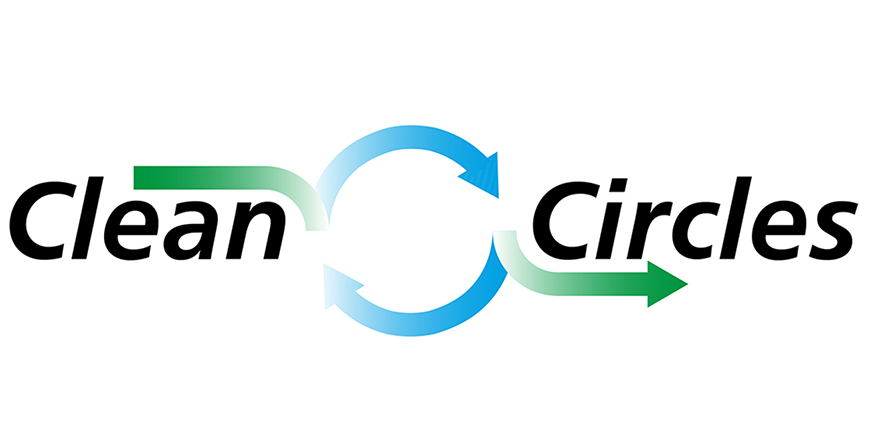Iron as a fuel differs significantly from other solid fuels such as coal or biomass and thus, previous results or modelling approaches for these carbonaceous fuels cannot be transferred directly. The combustion of iron particles is governed by heterogeneous reactions, such that typically no fuel volatiles or oxidation products are released. This is different to coal or biomass combustion, where homogeneous reactions take place in the gas phase after devolatilization or evaporation of the fuel.
The goal of this subproject is the characterization of the turbulence-combustion interaction. When iron particles are exposed to turbulent flow conditions, they may cluster, which affects particle ignition and combustion. Direct numerical simulations (DNS) of homogeneous isotropic turbulence (HIT) are performed, resolving all turbulent scales while carrying the reacting iron particles. This setup features precise control over quantities like the particle Stokes number and the Reynolds number of the flow to study the fundamental particle-flow interaction for reacting iron particle clouds. In this framework submodels are used for the individual particles, reducing the computational effort through modelling of the boundary layer and iron particle reaction rate. Due to this approach, simulations with millions of particles can be performed.
The project strongly collaborates with the projects led by C. Hasse (Numerical investigation of laminar and turbulent iron dust/air combustion) and O. Stein (Evaluation of iron particle combustion in shear-driven turbulence using carrier-phase DNS).
Scientific questions:
- How do iron particles cluster in homogeneous isotropic turbulence?
- What is the influence of particle clustering on particle ignition and combustion?
- How does the flame front propagate through turbulent particle-gas mixtures?




